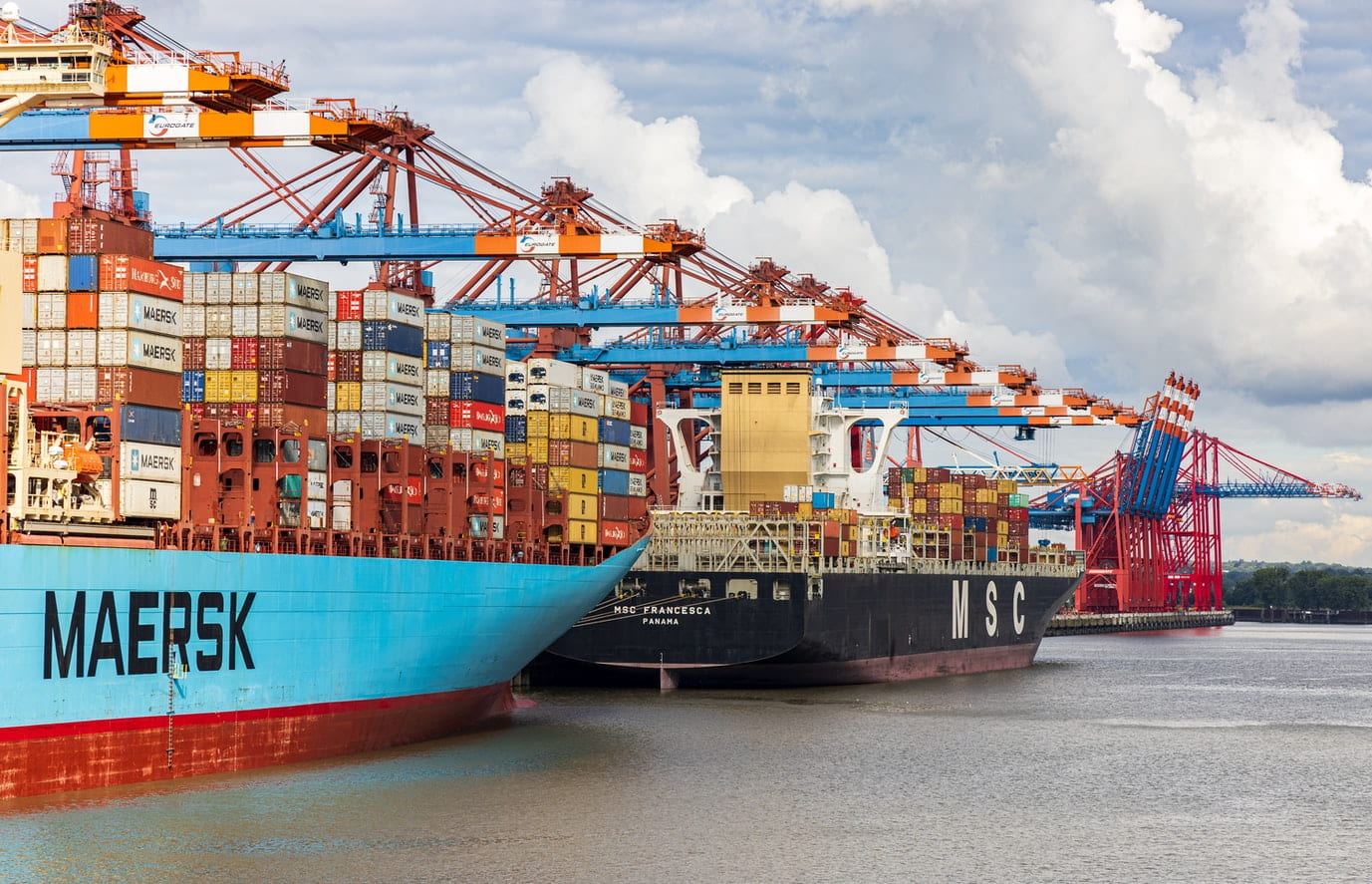Vertical integration refers to the process of a firm expanding its operations by controlling more of the production process, so that it produces its own inputs and relies less on external suppliers. Let’s begin by looking at some examples:
1. Coca-Cola
Coca-Cola is the largest manufacturer of soft drinks in the world. In 2011, the company had $35.9 billion in sales, and it sold 1.7 billion cases. In addition to manufacturing traditional soft drinks, the company has also branched out into other non-carbonated beverages. These include flavored water, energy drinks, juice, bottled iced tea, and others. The company has been able to manufacture its products more efficiently by vertically integrating. By owning the means of production, Coca-Cola is able to control its supply chain, transportation, packaging, and storage. This allows the company to significantly reduce costs.
2. Amazon
Amazon has been a pioneer in online retailing since 1994. The company has been able to grow its e-commerce operations by vertically integrating its supply chain. Amazon owns and operates warehouses across the United States. This allows the company to keep costs low and pass savings on to the consumer. By owning the means of production, Amazon has been able to expand its operations and become one of the largest companies in the world.
3. Microsoft
Microsoft is arguably the largest software company in the world. The company has been able to vertically integrate its operations during the last 30 years. This has allowed the company to become the dominant player in the software market. At its core, Microsoft is a software company, but it has expanded into other areas such as hardware and online networking. The company has been able to vertically integrate its operations to ensure a high level of efficiency.
4. General Motors
General Motors is the largest car manufacturer in the world. It was founded in 1908, and the company has been vertically integrated for its entire existence. The company has been able to vertically integrate its operations for two reasons. First, it owns a large amount of its manufacturing plants. Second, the company owns many of the car dealerships that sell its cars. This allows General Motors to offer consumers a level of convenience that few other car manufacturers can provide.
5. Walmart
Walmart is the largest retailer in the United States. It is also the largest company in the world. The company has been able to vertically integrate its supply chain, and it has been able to expand its operations. This allows Walmart to offer consumers a wide variety of products at a low cost. In addition to owning its own manufacturing plants, Walmart also owns its own fleet of trucks. The company owns thousands of trucks, and it employs thousands of drivers. This allows it to move goods to its stores faster, and it reduces the cost of shipping.
Vertical Integration Reduces Risk
Why is vertical integration so important? One reason is that it substantially reduces risk.
There are many risks in the business world, of course. A business can lose a major customer, or it can lose a key employee. But these risks are even greater when a business is reliant on external suppliers. If a supplier is late, or if it fails to produce a quality product, the company can be forced out of business. Vertical integration allows a business to reduce its risks.
For example, let’s say you run a fashion label. Your biggest expense is marketing, and most of this happens online. You pay influencers to promote your products, and an SEO company to make your website rank better on Google. What happens if an influencer stops wearing your product and says something bad about it? The more control you have over your marketing, the better – and this is why vertical integration is important.
Vertical Integration and Competition
Vertical integration can also increase the competitive position of a business. Vertical integration can give a business a competitive advantage over its rivals. For example, let’s say you own a manufacturing plant that makes skateboards. You also own a chain of skateboard stores. The cost of producing the skateboards is the same whether you sell them to your own stores or you sell them to your rivals. However, you can sell them to your own stores for less money. This gives you a competitive advantage.
Now, imagine you decide to double the price of your skateboards. You know that your rivals cannot afford to sell the skateboards at this price. You can then use this advantage to gain a dominant market share. You can then increase your prices because you have a monopoly in the market.
Vertical Integration and the Law
Vertical integration can be controversial. The Federal Trade Commission (FTC) has a set of rules that govern the degree of vertical integration that is acceptable. The FTC does not want businesses to become monopolies. The agency is concerned that monopolies can restrict competition, and this can hurt consumers. The FTC also wants businesses to purchase inputs from the best available supplier. The agency is concerned that a business can use its vertical integration to force suppliers to raise their prices.
The Bottom Line
Vertical integration is a useful business strategy. It can help a business become more efficient, and it can reduce risk. It can also increase profits. However, vertical integration can be controversial, and there are strict rules governing its use.
I hope this has been interesting, and taught you something new about how and why businesses vertically integrate!

